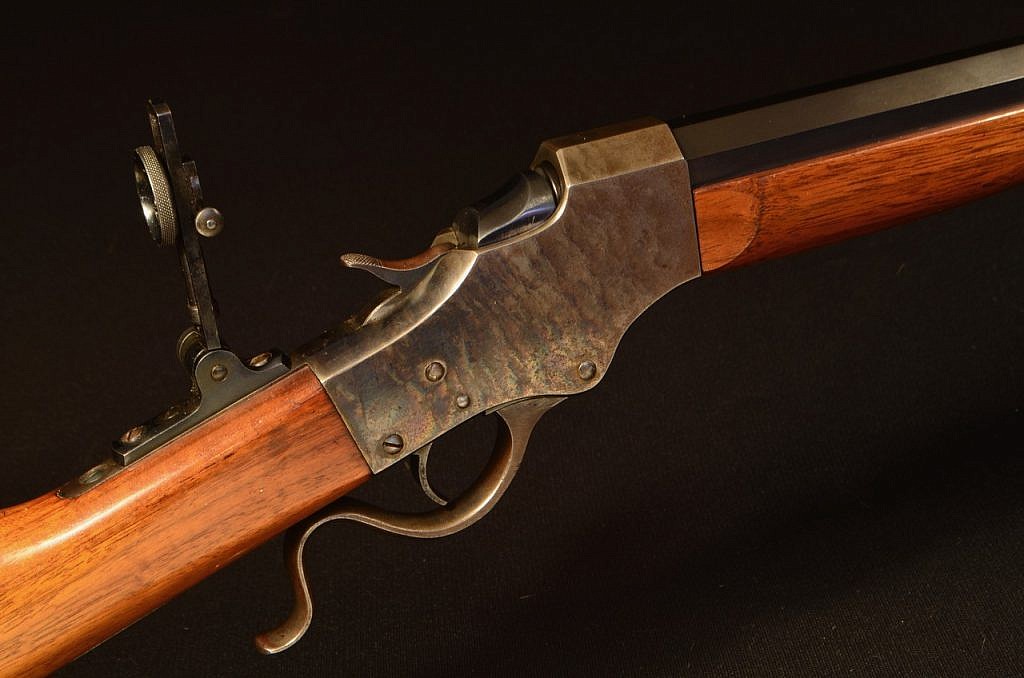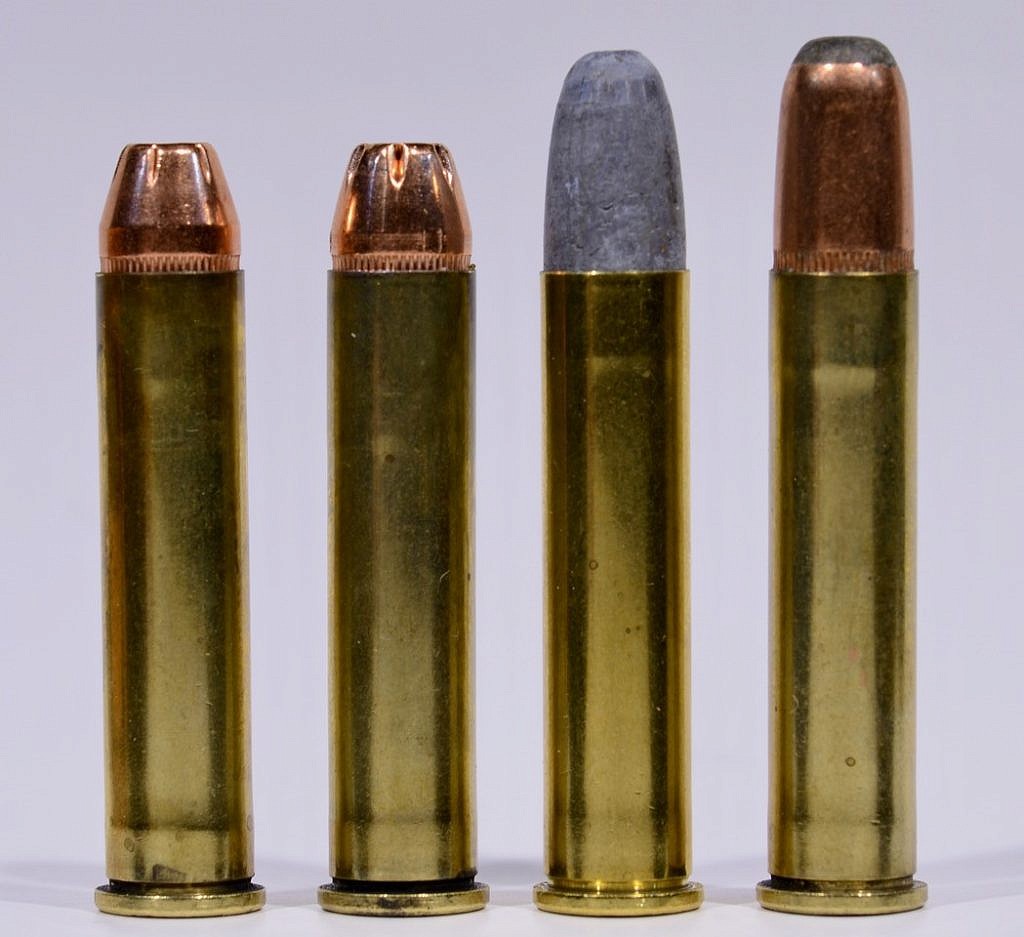
by Terry Wieland
Robbie Burns can fairly claim to be Scotland’s all-time most quoted author, and his wry observation about best-laid plans of mice and men may be the most quoted of all. It popped into my head as I prepared to write this account of, well, not quite abject failure.
As I reported a few months ago, I have a Stevens Model 45 “Ideal Range” rifle, built on the excellent No. 44½ action, chambered for the arcane and hard to come by .28-30-120. (Never heard of it? You’re not alone.)
I can, and do, load ammunition for the .28-etc., but it’s a pain in the neck. Brass is expensive and hard to come by, it always requires annealing before you start, bullets are an odd size and need to be cast, and when it’s all over you have a good target cartridge and not much else. Too feeble for hunting, too expensive for plinking, and too awkward to load for a general walking-around rifle.
Fortunately, the Stevens action can accommodate extra barrels eagerly, if not cheaply, and I set out to have a second barrel made in .357 Maximum. That is, admittedly, almost as arcane as the .28-etc., but has the great advantage—being merely the .357 Magnum lengthened by .310-inches—of being able to shoot readily available .38 Special or .357 Magnum. And since the .38 Special has almost exactly the same rim diameter as the .28-etc., the original extractor works just fine.

In other words, adding this one barrel would give me a genuine multi-purpose rifle.
As well, I could do all this without altering by one whit my precious, all-original, Stevens, thereby placating rabid collectors—I can hear you gnashing your teeth out there—and my own sense of historical responsibility.
There is just one hitch: The Stevens 44½ action does not have a spring-operated retractable firing pin. It strikes the primer at an upward angle, and is then shouldered out of the way as the falling block is opened. As various authors, notably Ned Roberts, warned in print, if you get a pierced primer and a stuck firing pin, the pin can easily break if you force the action.
What’s more, primers are likely to be pierced if you exceed a certain level of pressure, and the .357 Maximum is a high-pressure cartridge. In fact, when it was introduced in 1983, this quickly proved to be its downfall, since it caused gas-cutting in the top straps of the revolvers in which it was originally chambered.
Not to worry, thought I. Handloading will solve that problem as it does for most recalcitrant rifles. Things have changed since Ned Roberts fitted barrel after barrel onto a 44½ in his quest to develop the high-pressure .257 Roberts, and pierced primer after primer, and broke firing pin after firing pin, in the process.
(Roberts noted that A.O. Niedner and other gunsmiths had developed a way of dealing with this, including altering the breechblock, fitting a smaller firing pin with a spring, and holding it all in place with a bushing in the face. Lee Shaver has done this operation, but I did not want to alter the factory originality. I would just be careful…)

Alas, while much has indeed changed, much has not. Soft primers can still give you fits, and most pistol primers available today—large and small, magnum and standard—are softer than those for rifles. As well, all the available .357 Maximum data calls for pistol primers. Like an idiot, I went along with those for the first few loads which, although nowhere near maximum, resulted in pierced primers about seven times out of ten, and two stuck pins from which I luckily emerged with the pin intact.
At that point, I switched to Federal 205M small rifle primers, backed off the loads, and started over.
Originally, I’d planned to shoot generic factory .38 Special as a plinking load, and conjure up some heavy-duty .357 Maximum, with a 180- or 200-grain bullet, for deer and pigs. Normally, one would work up round by round to a maximum pressure load, then work back down, shooting groups, until one arrived at a combination of good accuracy at optimum velocity. Since I did not want to even nudge the limits of pressure, with the resulting pierced primers and (possible) broken pin, that approach was out.
To my surprise, however, I did find a load for Hornady 180-grain XTP bullets at about 1,850 feet per second that would make a fine pig load, and one for Sierra 200-grain roundnose bullets at 1,830, which would be good for deer at close range, and both loads group acceptably at a hundred yards.
Oh, yeah, and one for 140-grain XTPs at 2,000 fps, which would be good for who knows what? No idea how those explosive handgun bullets would perform at that velocity, but I might try them on a plastic water jug, just to see.
So, while my best-laid plans did “gang aft agley,” not ruinously so, and that’s something.
Gray’s shooting editor, Terry Wieland, has been at this sort of thing for longer than he cares to remember, and every rifle is going to be the last one. Eventually, of course, he will be right.
